Table of Contents
Have you ever wondered what makes axolotls so fascinating? These unique amphibians, often referred to as “Mexican walking fish,” are unlike any other creature in the animal kingdom. In this article, we’ll dive deep into the world of axolotls, exploring their captivating characteristics, natural habitat, and the reasons behind their incredible regenerative abilities. Whether you’re an amphibian enthusiast or simply curious about these extraordinary creatures, you’re in for an exciting journey.
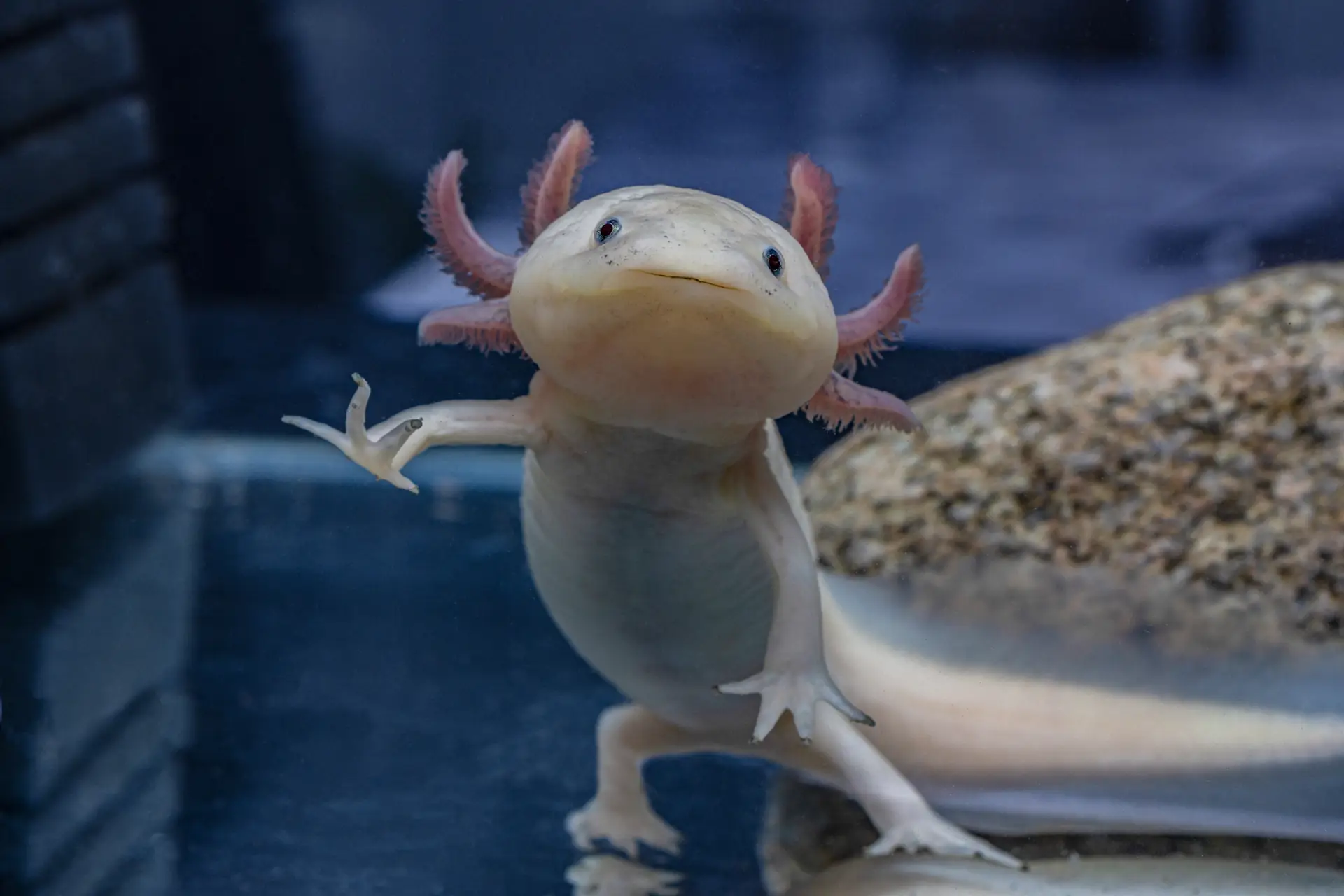
What Are Axolotls?
Axolotls (Ambystoma mexicanum) are a type of salamander native to the lakes of Xochimilco and Chalco in Mexico. Unlike most amphibians, axolotls do not undergo metamorphosis and remain in their larval stage throughout their lives. This neotenic trait means they retain their gills and aquatic lifestyle, making them look perpetually juvenile.
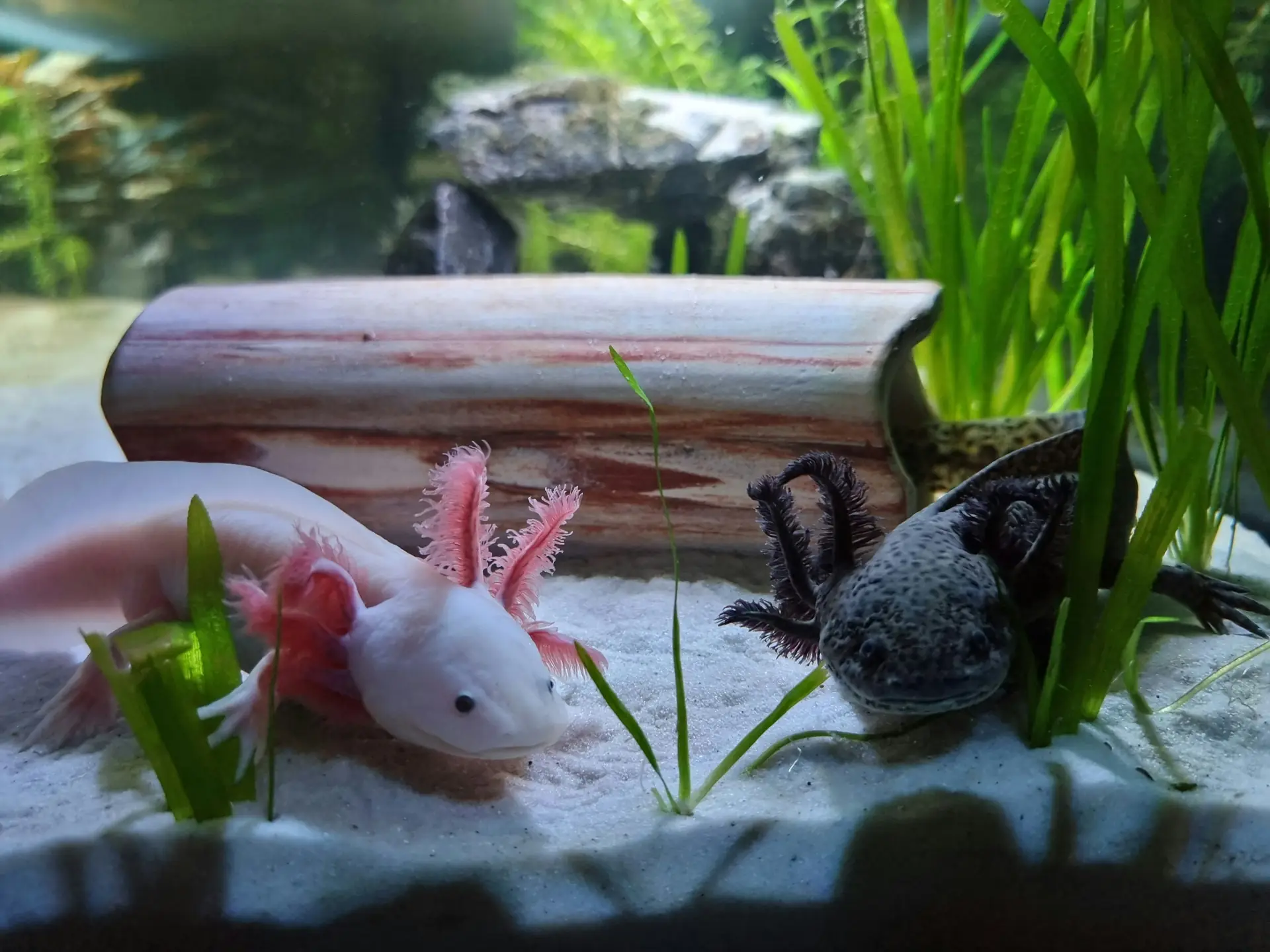
Physical Characteristics
Axolotls have a distinctive appearance that sets them apart from other amphibians:
- External Gills: One of their most striking features is their feathery external gills, which they use for breathing underwater.
- Wide Head and Smile: They have a broad, flat head and a mouth that appears to be smiling, giving them a friendly and approachable look.
- Limbs and Tail: Axolotls possess four limbs and a long, flattened tail, aiding their swimming capabilities.
- Leucistic: White with pinkish gills and black eyes.
- Albino: Completely white or yellow with pink eyes.
- Melanoid: Completely dark without the lighter markings seen in wild types.
- Habitat Restoration: Projects aim to restore and clean up the remaining parts of Lake Xochimilco.
- Breeding Programs: Captive breeding programs in zoos and aquariums help maintain genetic diversity and raise awareness about axolotl conservation.
- Public Education: Increasing public awareness about the plight of axolotls and the importance of environmental conservation.
- Tank Setup: A minimum 20-gallon tank with clean, dechlorinated water is essential. Maintain a water temperature between 60-64°F (16-18°C).
- Diet: Axolotls are carnivorous and thrive on a diet of earthworms, bloodworms, and specially formulated pellets.
- Water Quality: Regular water changes and filtration are crucial to prevent ammonia and nitrate buildup.
- Eternal Youth: Axolotls never undergo full metamorphosis, retaining their larval features throughout their life.
- Symbol of Mexico: They are culturally significant in Mexico and are often featured in local folklore and art.
- Research Stars: Axolotls have contributed significantly to scientific research, especially in understanding regenerative processes.
Color Variations
Axolotls come in various colors, with the wild type displaying a dark, mottled appearance. Captive breeding has produced several color morphs, including:
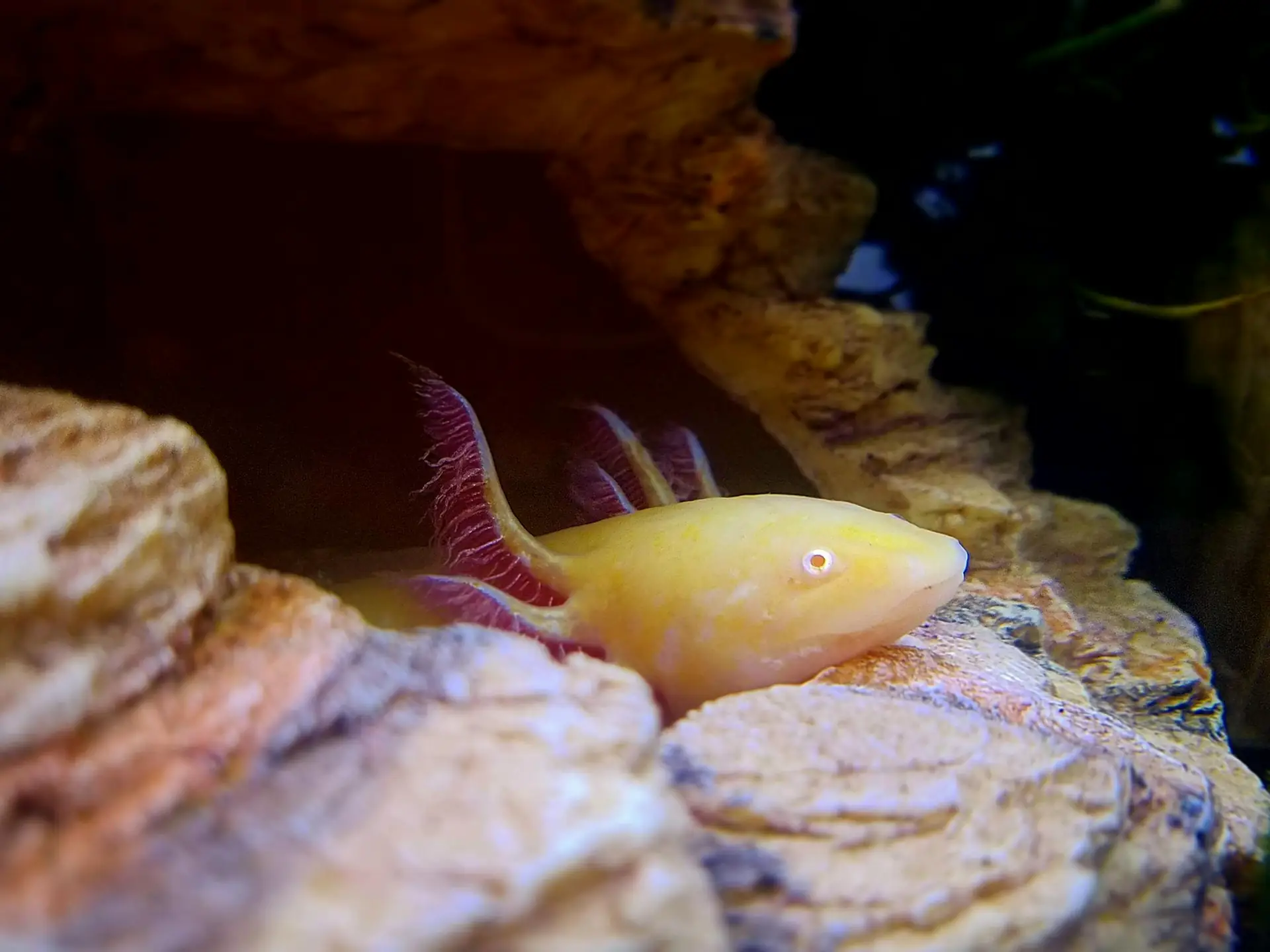
Habitat and Conservation
Axolotls are native to the high-altitude lakes of the Mexican Valley, particularly Lake Xochimilco. Unfortunately, due to urbanization, pollution, and invasive species, their natural habitat has been severely degraded. As a result, axolotls are classified as critically endangered in the wild.
Efforts to Preserve Axolotls
Conservation efforts are underway to protect these remarkable creatures:
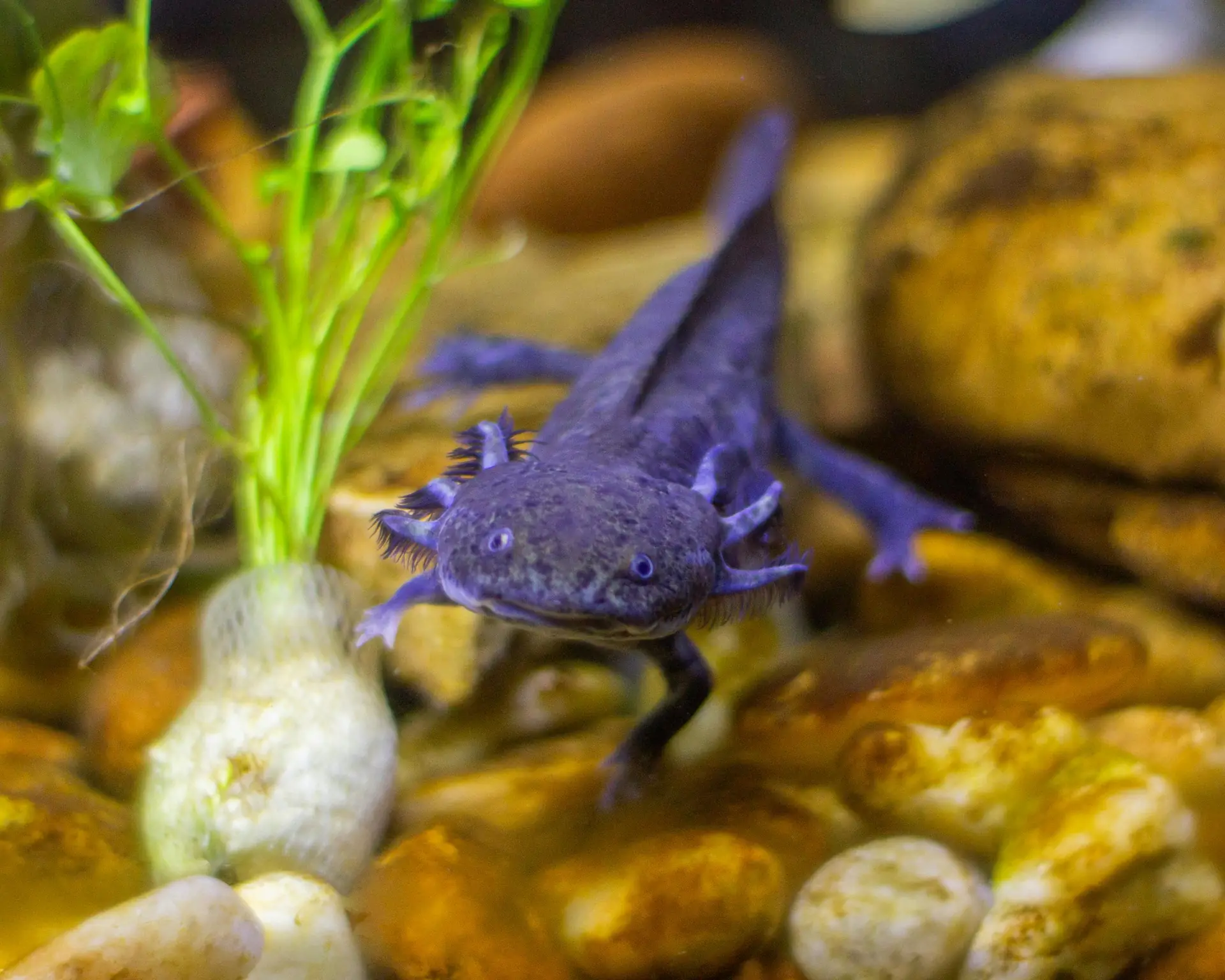
The Science Behind Regeneration
One of the most fascinating aspects of axolotls is their ability to regenerate lost body parts. Scientists have long been intrigued by this capability, which includes regrowing limbs, spinal cords, and even parts of their heart and brain.
How Regeneration Works
Axolotls can regenerate due to the presence of unique cells called blastemal cells, which can differentiate into various cell types needed to rebuild damaged tissues. This remarkable ability has made axolotls a valuable model organism for scientific research, particularly in the fields of regenerative medicine and developmental biology.
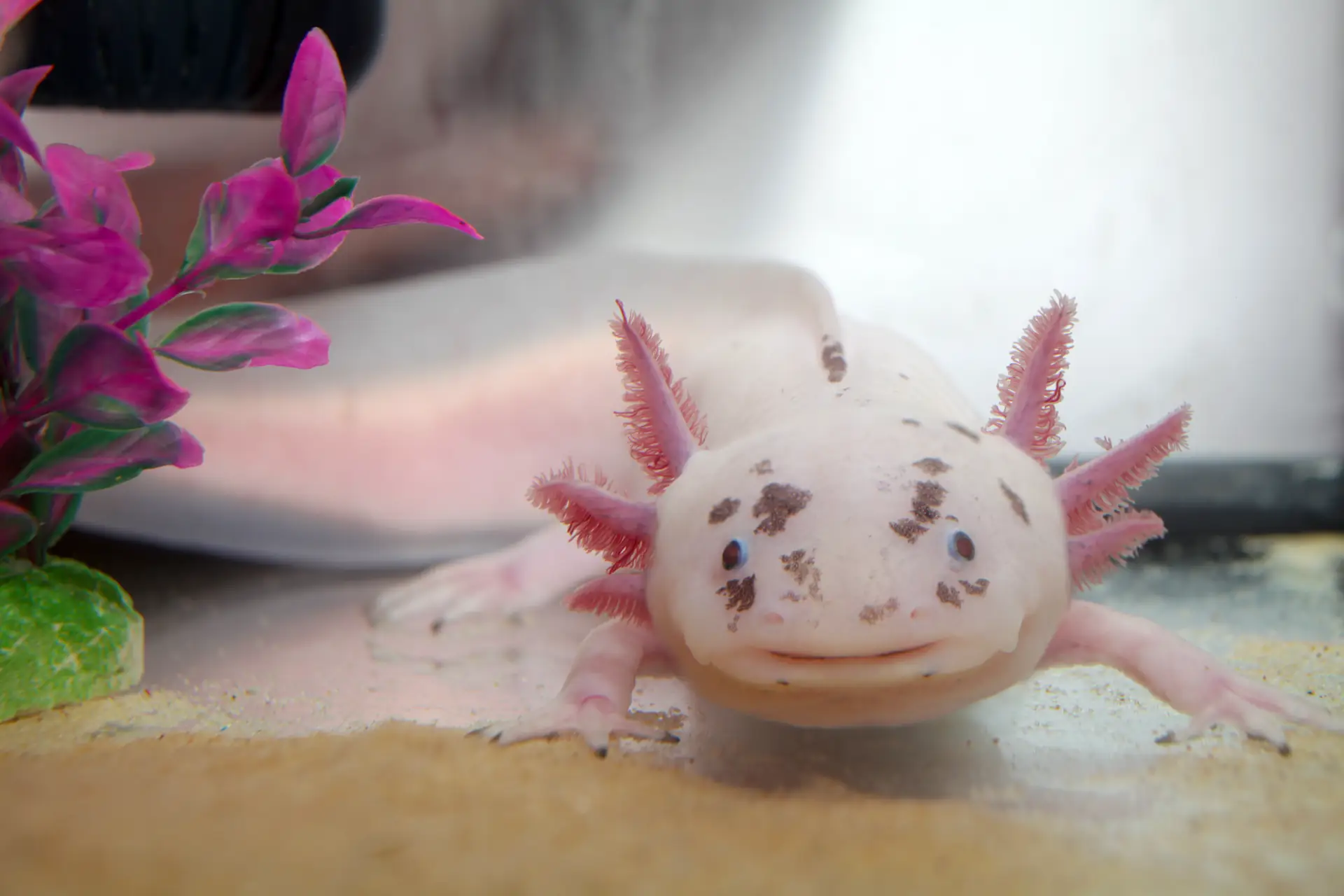
Caring for Axolotls as Pets
Axolotls have become popular pets due to their unique appearance and relatively simple care requirements. However, potential owners should be well-informed to ensure the health and well-being of these delicate amphibians.
Basic Care Requirements
To keep an axolotl healthy, consider the following guidelines:
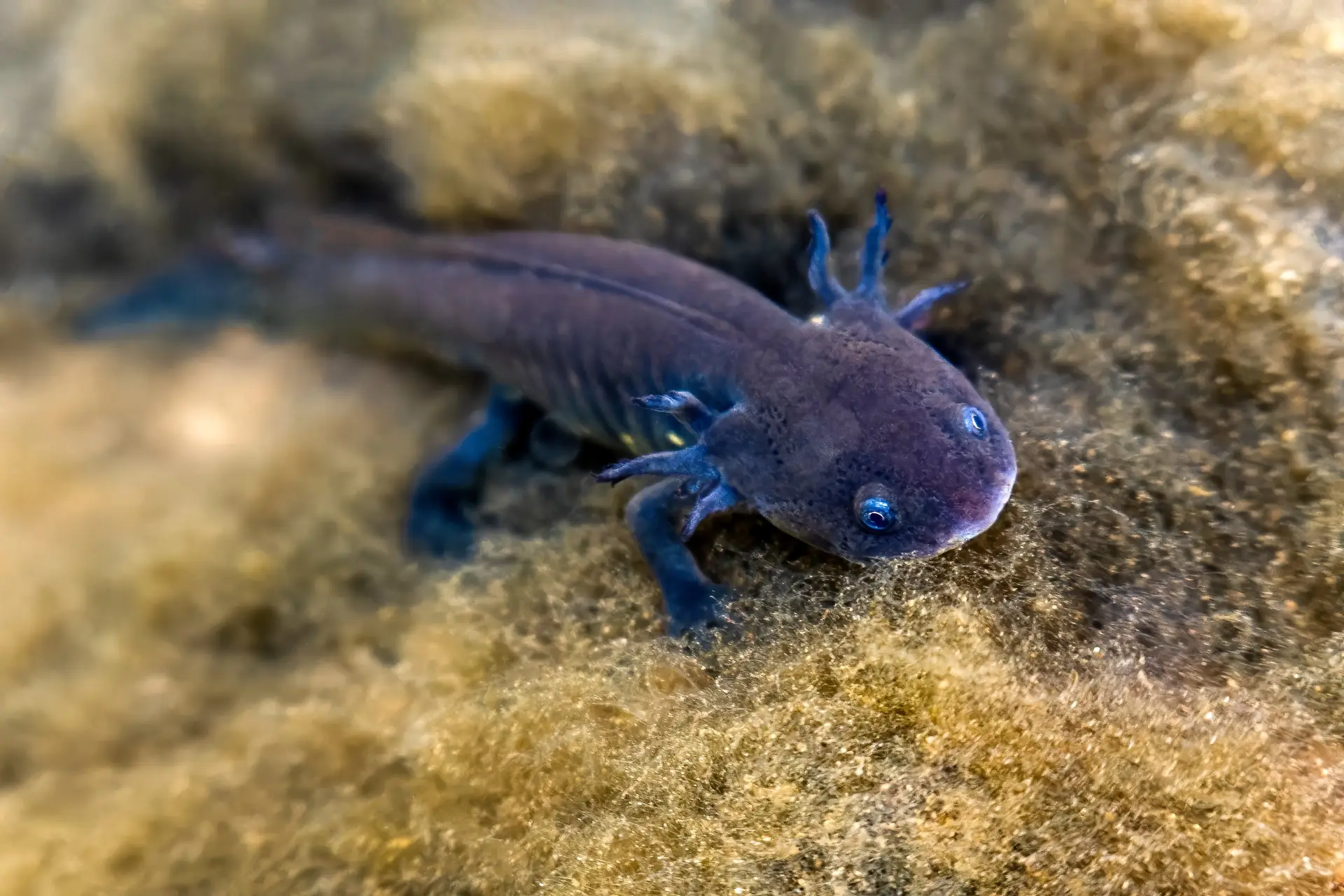
Interesting Facts About Axolotls
Learn More!
In conclusion, axolotls are truly one of nature’s marvels, with their unique appearance, fascinating regenerative abilities, and critical conservation status. Whether you’re captivated by their eternal youth or their scientific significance, axolotls are a testament to the wonders of the natural world.
For more fascinating insights into the animal kingdom, check out our articles on amphibians and delve into the lives of other extraordinary creatures like the Komodo dragon and the whale shark. Explore the diversity and wonders of animals at Your Animal Guide, your ultimate source for animal knowledge and fun facts.
F. A. Q. about Axolotls
Where do axolotls live?
Axolotls are native to the high-altitude lakes of the Mexican Valley, specifically Lake Xochimilco and Lake Chalco. However, due to habitat destruction, they are now primarily found in captivity.
What do axolotls eat?
Axolotls are carnivorous and their diet includes earthworms, bloodworms, small fish, and specially formulated pellets. They rely on a diet rich in protein to maintain their health and support their regenerative abilities.
What is an axolotl?
An axolotl is a type of salamander native to Mexico that remains in its larval stage throughout its life, a condition known as neoteny. This means they retain juvenile features such as external gills and an aquatic lifestyle.
Are axolotls endangered?
Yes, axolotls are classified as critically endangered in the wild due to habitat destruction, pollution, and the introduction of invasive species. Conservation efforts are ongoing to protect and restore their natural habitat.
How long do axolotls live?
Axolotls typically live for 10 to 15 years in captivity when provided with proper care. Their lifespan in the wild is often shorter due to environmental challenges.


